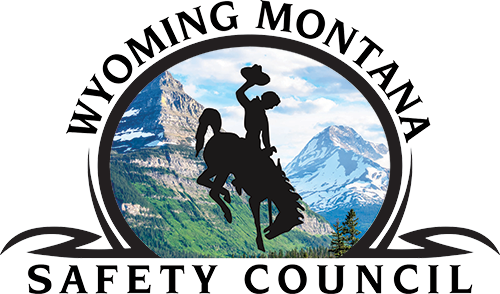Professional Truck Driving
The National Safety Council Professional Truck Driver (PTD) course is an instructor-led course designed to provide professional truck drivers with the knowledge and defensive driving strategies required for driving collision- and citation-free. The course focuses on collision prevention through hazard recognition and application of collision avoidance techniques.
The overall goal of PTD is to provide professional truck drivers with the knowledge and defensive driving strategies required for driving collision/crash/incident- and citation- free. The course focuses on collision prevention through hazard recognition and application of collision avoidance techniques, with the intent of preventing traffic collisions and citations, as well as to reduce fatalities, injuries and costs to society.
Throughout the course, participants learn how to recognize both potential and immediate hazards, how to avoid collisions in a variety of driving conditions, and how to choose safe and legal driving habits, attitudes, and behaviors. The emphasis is on professional truck drivers’ responsibility to protect the motoring public and themselves. Participants are engaged through group activities, discussion and self-awareness oriented instruments that relate to their driving tendencies.
The course addresses these core defensive driving concepts:
- Defensive driving
- Preventable collisions, crashes and incidents
- Personal responsibility and driving to protect others
- Personal and professional excellence
- Hazard recognition
- Three factors contributing to collisions:
- Driver
- Vehicle
- Conditions
- The driving environment:
- Driver conditions
- Vehicle conditions
- Light conditions
- Weather conditions
- Road conditions
- Traffic conditions
- Other drivers
- Choosing safe and legal behaviors
The PTD course differs from other NSC programs in that it focuses on professional drivers and their needs and requirements for driving large commercial vehicles. During the course, the participants learn from each other, share personal experiences, and learn how to apply defensive driving practices to future driving experiences. Because these participants have a wealth of driving experience, using their stories, experiences, and expertise as peer learning strategies and teaching tools is crucial.
Each session builds on knowledge learned in a previous session and offers opportunities to practice and apply the information presented in the session, and both the 3-hour and 4-hour courses will include a post-test to evaluate learning. Several videos allow the instructor to demonstrate specific driving situations and then allow the participants to reflect on what they observed. This projective, synchronized instruction heightens self-awareness and augments the adult learning process.
Instructional Goals of PTD
The overall instructional goals of PTD are to:
- Provide participants with knowledge and techniques for avoiding collisions.
- Influence and challenge participants to change their behind-the-wheel behaviors and attitudes so that they will choose to drive safely, responsibly, and lawfully.
Learning Objectives
Upon completing this course, learners should be able to:
- Define personal and professional excellence as it relates to professional truck driving
- Explain the importance of driving with consideration for others in the roadway community
- Identify the three factors that contribute to collisions: (1) driver, (2) vehicle and (3) environmental conditions
- Recognize their own personal responsibility to protect the motoring public and themselves
- Recognize personal driving tendencies, attitudes and habits
- Recognize hazards while driving and identify safe and legal alternate choices for dealing with different hazards
- Describe techniques for maximizing safety while driving
Benefits of PTD
There are numerous benefits of the PTD course, including:
- Individual
- Develop a recognition that their driving behaviors are determined by their own choices
- Make direct connections between their needs and wants and the choices they make behind the wheel
- Renew awareness of roadway safety
- Update or refresh knowledge, skills and techniques on defensive driving
- Reduce risk of vehicle collision and personal injury
- Fulfill a court order
- Community
- Expose more drivers to our roadway community goals
- Potential to reduce insurance rates in an (geographical) area
- Create more ownership of our roadway community perspective
- Corporate/Business
- Demonstrate a commitment to safety for employees, their families and the public
- Potential to improve a company’s bottom line since safety improvements lead to quality and reliability improvements
- Reduce collisions, safety violations and employee injuries
- Potential to reduce workers’ compensation insurance costs
- Potential to reduce fleet insurance premiums
- Potential to reduce liability exposure of a company
- Help to meet OSHA standards and other regulatory requirements
- Help companies attract and keep the best employees, who expect safety to be a priority in the workplace

